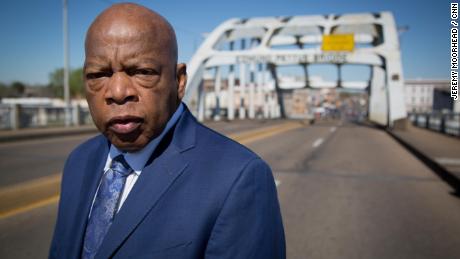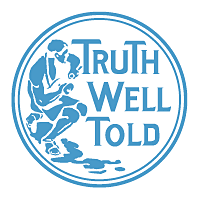Brand Discovery.
I’ve been on a little discovery jag lately. When you are a consultant and freelance for ad or branding agencies, you must often use discovery methodologies with which you are unfamiliar. You do it then calibrate your brain to cill the insights needed to write the brief. A brief that may, also, not be yours.
My discovery questions are somewhat static. But when I work for start-ups, there is nothing to discovery about the existing brand – it’s a start up. Other times, I’m working in a category I must learn anew , so I’m learning a business and language while mining brand values. In these cases the discovery question sets have to be developed on the fly. When I learned about accountable care organizations in a transforming healthcare system, it was for a startup and new type of organizational category.
I’m always on the lookout for new discovery questions and today I’m wondering about a brand weakness question that goes down the “honesty” trail. It will work in any discovery scenario.
“When you are being perfectly honest with yourself, what one _______ (fill in the blank) worries you most.” The cue of the question is more psychologist than business consultant. It’s a strengths and weaknesses Q with a more powerful landing strip.
I’ll try it and report back.
Peace.







